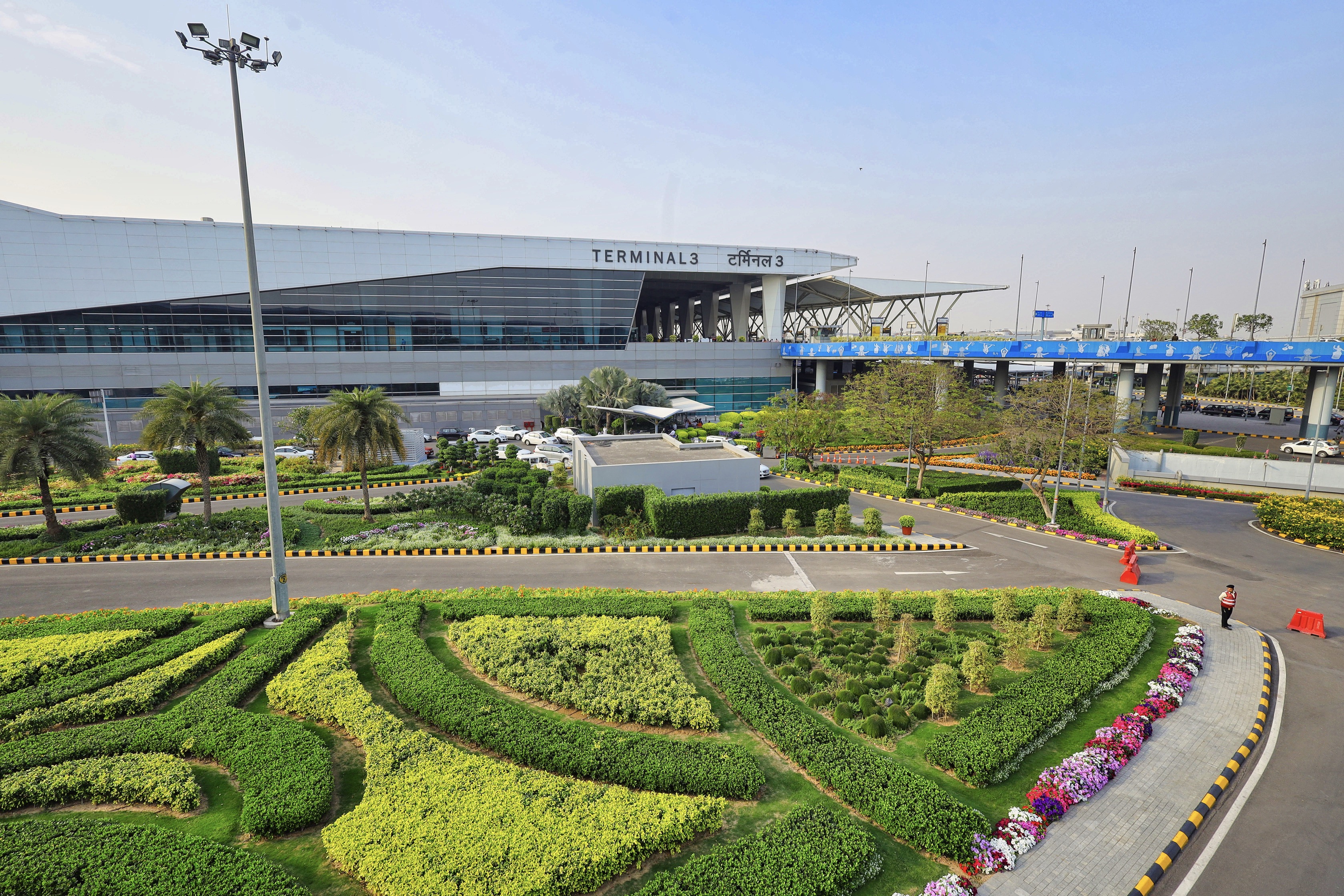
With growing concerns around climate change and global warming, industries across sectors are setting ambitious emission reduction targets. The Indian aviation industry is no exception. Airports in India have begun working actively towards achieving net zero carbon emissions.
The Ministry of Civil Aviation (MoCA) has taken key policy initiatives to facilitate this transition. It has advised all operational airports to map their carbon footprint and devise carbon neutrality plans to achieve net zero emissions by 2030 in a phased manner. Guidance has also been issued to developers of upcoming greenfield airports to incorporate sustainability features and renewable energy infrastructure from the design stage itself. In this article, we will provide a synthesized view of how Indian airports are trying their best to achieve Net Zero Carbon Emissions.
As a first step, airport operators like Delhi International Airport Ltd (DIAL) have carried out detailed carbon mapping exercises covering emissions from all direct and indirect sources. This includes emissions from aircraft during landing and takeoff cycles, emissions from airport maintenance vehicles, emissions from electricity consumption, emissions from employee commutes and more.
By mapping emissions, airports can identify the major hotspots and devise targeted strategies to reduce emissions from those sources. Regular carbon accounting also enables airports to track progress over time.
Transitioning to 100% Clean Energy
One of the key focus areas for airports is transitioning to clean and renewable sources of energy to power airport operations. As per the information provided by the Minister of State in the Ministry of Civil Aviation, Gen. (Dr) V. K. Singh, 66 Indian airports are already fully powered by solar or other renewable energy sources, achieving 100% clean energy usage.
Cochin International Airport scripted history in 2015 by becoming the first airport in the world to be fully solar powered. Major airports like Delhi, Mumbai, Hyderabad and Bengaluru have also invested heavily in onsite and offsite solar power generation. Delhi and Hyderabad airports, for instance, has an onsite solar power plant capacity of over 7.84 MW and 10 MW respectively. Delhi and Hyderabad Airports have achieved 100% clean energy usage by inducting hydroelectric power in addition to solar power.
Along with the clean energy transition, airports are also upgrading to energy-efficient lighting, HVAC systems, automated baggage handling systems, electric vehicles for surface movement and solar-powered charging stations. Delhi Airport has introduced various such initiatives under its Net Zero Carbon Programme and has emerged as a role model for sustainable airport operations in India.
As a result of relentless efforts by MoCA and airport operators, major airports like Delhi and Mumbai have already achieved Level 4+ Airport Carbon Accreditation by ACI, denoting carbon-neutral operations. Four Indian airports are among only 32 global airports certified carbon neutral so far.
The next milestone for these leading airports is to achieve absolute net zero emissions by 2030, which would involve offsetting residual emissions through recognized offset programs. More Indian airports are expected to join the carbon-neutral club over the next few years.
India has set an example for the global aviation community by instilling a culture of sustainability and carbon responsibility among its airports. Thanks to the collaborative efforts between government agencies and airport operators, Indian airports are well on their way to achieving complete decarbonization of operations. The journey ahead will see more innovation and deployment of cutting-edge green technologies to mitigate aviation emissions.
If you need any services, drop us a mail at Rohitkumar.Singh@gmrgroup.in or get in touch with us at +919717199753.